-
Executive Summary
-
Scope of the Report
-
Market Definition
-
Scope of the Study
-
Research Objectives
-
Markets Structure
-
Market Research Methodology
-
Research Process
-
Secondary Research
-
Primary Research
-
Forecast Model
-
Market Landscape
-
Porter’s Five Forces Analysis
- Threat of New Entrants
- Bargaining Power of Buyers
- Threat of Substitutes
- Segment Rivalry
- Bargaining Power of Suppliers
-
Value Chain/Supply Chain of Display Driver
-
Market Landscape
-
Introduction
-
Growth Drivers
-
Impact Analysis
-
Market Challenges
-
Market Trends
-
Introduction
-
Growth Trends
-
Impact Analysis
-
Display Driver Market by Type
-
Introduction
-
Display Driver IC
- Market Estimates & Forecast, 2024-2032
- Market Estimates & Forecast by Region, 2024-2032
-
Touch Display Driver Integration
- Market Estimates & Forecast, 2024-2032
- Market Estimates & Forecast by Region, 2024-2032
-
Display Driver Market by Device
-
Introduction
-
Smartphone
- Market Estimates & Forecast, 2024-2032
- Market Estimates & Forecast by Region, 2024-2032
-
Tablet
- Market Estimates & Forecast, 2024-2032
- Market Estimates & Forecast by Region, 2024-2032
-
Wearable
- Market Estimates & Forecast, 2024-2032
- Market Estimates & Forecast by Region, 2024-2032
-
TV
- Market Estimates & Forecast, 2024-2032
- Market Estimates & Forecast by Region, 2024-2032
-
PC monitor
- Market Estimates & Forecast, 2024-2032
- Market Estimates & Forecast by Region, 2024-2032
-
Automotive Display
- Market Estimates & Forecast, 2024-2032
- Market Estimates & Forecast by Region, 2024-2032
-
Others
- Market Estimates & Forecast, 2024-2032
- Market Estimates & Forecast by Region, 2024-2032
-
Display Driver Market by Technology
-
Introduction
-
LCD
- Market Estimates & Forecast, 2024-2032
- Market Estimates & Forecast by Region, 2024-2032
-
OLED
- Market Estimates & Forecast, 2024-2032
- Market Estimates & Forecast by Region, 2024-2032
-
Others
- Market Estimates & Forecast, 2024-2032
- Market Estimates & Forecast by Region, 2024-2032
-
Display Driver Market by Package Type
-
Introduction
-
Chip-On-Glass
- Market Estimates & Forecast, 2024-2032
- Market Estimates & Forecast by Region, 2024-2032
-
Chip-On-Film
- Market Estimates & Forecast, 2024-2032
- Market Estimates & Forecast by Region, 2024-2032
-
Display Driver Market by Region
-
Introduction
-
North America
- Market Estimates & Forecast by Country, 2024-2032
- Market Estimates & Forecast by Type, 2024-2032
- Market Estimates & Forecast by Device, 2024-2032
- Market Estimates & Forecast by Technology, 2024-2032
- Market Estimates & Forecast by Package Type, 2024-2032
- US
- Canada
- Mexico
-
Europe
- Market Estimates & Forecast by Country, 2024-2032
- Market Estimates & Forecast by Type, 2024-2032
- Market Estimates & Forecast by Device, 2024-2032
- Market Estimates & Forecast by Technology, 2024-2032
- Market Estimates & Forecast by Package Type, 2024-2032
- Germany
- UK
- France
- Rest of Europe
-
Asia-Pacific
- Market Estimates & Forecast by Country, 2024-2032
- Market Estimates & Forecast by Type, 2024-2032
- Market Estimates & Forecast by Device, 2024-2032
- Market Estimates & Forecast by Technology, 2024-2032
- Market Estimates & Forecast by Package Type, 2024-2032
- China
- India
- Japan
- Rest of Asia-Pacific
-
Rest of the World
- Market Estimates & Forecast by Country, 2024-2032
- Market Estimates & Forecast by Type, 2024-2032
- Market Estimates & Forecast by Device, 2024-2032
- Market Estimates & Forecast by Technology, 2024-2032
- Market Estimates & Forecast by Package Type, 2024-2032
- Middle East & Africa
- Latin America
-
Competitive Landscape
-
Company Profiles
-
Samsung Electronics Co., Ltd.
- Company Overview
- Product/Business Segment Overview
- Financial Updates
- Key Developments
- SWOT Analysis
- Key Strategy
-
Synaptics Inc.
- Company Overview
- Product/Business Segment Overview
- Financial Updates
- Key Developments
- SWOT Analysis
- Key Strategy
-
Himax Technologies, Inc.
- Company Overview
- Product/Business Segment Overview
- Financial Updates
- Key Developments
- SWOT Analysis
- Key Strategy
-
Silicon Works Co., Ltd.
- Company Overview
- Product/Business Segment Overview
- Financial Updates
- Key Developments
- SWOT Analysis
- Key Strategy
-
Novatek Microelectronics Corporation
- Company Overview
- Product/Business Segment Overview
- Financial Updates
- Key Developments
- SWOT Analysis
- Key Strategy
-
Sitronix Technology Corporation
- Company Overview
- Product/Business Segment Overview
- Financial Updates
- Key Developments
- SWOT Analysis
- Key Strategy
-
Raydium Semiconductor Corporation
- Company Overview
- Product/Business Segment Overview
- Financial Updates
- Key Developments
- SWOT Analysis
- Key Strategy
-
FocalTech Systems Co., Ltd.
- Company Overview
- Product/Business Segment Overview
- Financial Updates
- Key Developments
- SWOT Analysis
- Key Strategy
-
MagnaChip Semiconductor Corporation
- Company Overview
- Product/Business Segment Overview
- Financial Updates
- Key Developments
- SWOT Analysis
- Key Strategy
-
ROHM Semiconductor
- Company Overview
- Product/Business Segment Overview
- Financial Updates
- Key Developments
- SWOT Analysis
- Key Strategy
-
Conclusion
-
-
LIST OF TABLES
-
Display Driver Market, by Region, 2024-2032
-
North America: Display Driver Market, by Country, 2024-2032
-
Europe: Display Driver Market, by Country, 2024-2032
-
Asia-Pacific: Display Driver Market, by Country, 2024-2032
-
Middle East & Africa: Display Driver Market, by Country, 2024-2032
-
Latin America: Display Driver Market, by Country, 2024-2032
-
Global Display Driver Type Market, by Region, 2024-2032
-
North America: Display Driver Type Market, by Country, 2024-2032
-
Europe: Display Driver Type Market, by Country, 2024-2032
-
Asia-Pacific: Display Driver Type Market, by Country, 2024-2032
-
Middle East & Africa: Display Driver Type Market, by Country, 2024-2032
-
Latin America: Display Driver Type Market, by Country, 2024-2032
-
Global Display Driver Device Market, by Region, 2024-2032
-
North America: Display Driver Device Market, by Country, 2024-2032
-
Europe: Display Driver Device Market, by Country, 2024-2032
-
Asia-Pacific: Display Driver Device Market, by Country, 2024-2032
-
Middle East & Africa: Display Driver Device Market, by Country, 2024-2032
-
Latin America: Display Driver Device Market, by Country, 2024-2032
-
Global Display Driver Technology Market, by Region, 2024-2032
-
North America: Display Driver Technology Market, by Country, 2024-2032
-
Europe: Display Driver Technology Market, by Country, 2024-2032
-
Asia-Pacific: Display Driver Technology Market, by Country, 2024-2032
-
Middle East & Africa: Display Driver Technology Market, by Country, 2024-2032
-
Latin America: Display Driver Technology Market, by Country, 2024-2032
-
Global Display Driver Package Type Market, by Region, 2024-2032
-
North America: Display Driver Package Type Market, by Country, 2024-2032
-
Europe: Display Driver Package Type Market, by Country, 2024-2032
-
Asia-Pacific: Display Driver Package Type Market, by Country, 2024-2032
-
Middle East & Africa: Display Driver Package Type Market, by Country, 2024-2032
-
Latin America: Display Driver Package Type Market, by Country, 2024-2032
-
-
LIST OF FIGURES
-
Global Display Driver Market Segmentation
-
Forecast Methodology
-
Porter’s Five Forces Analysis of Global Display Driver Market
-
Value Chain of Global Display Driver Market
-
Share of Global Display Driver Market in 2020, by Country (in %)
-
Global Display Driver Market, 2024-2032
-
Global Display Driver Market Size, by Type, 2020
-
Global Display Driver Market Size, by Device, 2020
-
Global Display Driver Market Size, by Technology, 2020
-
Global Display Driver Market Size, by Package Type, 2020
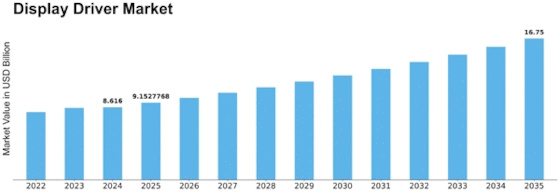
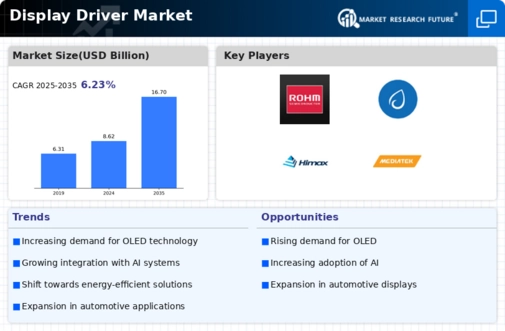

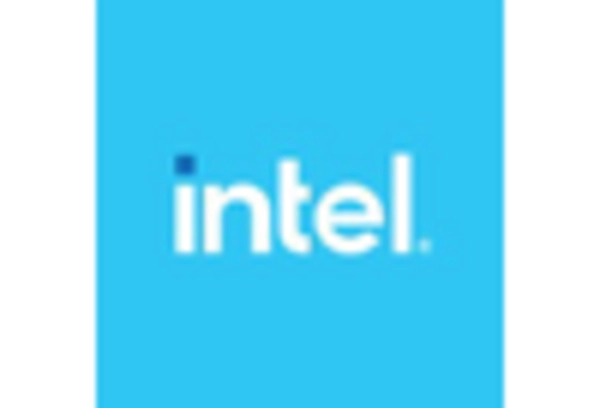
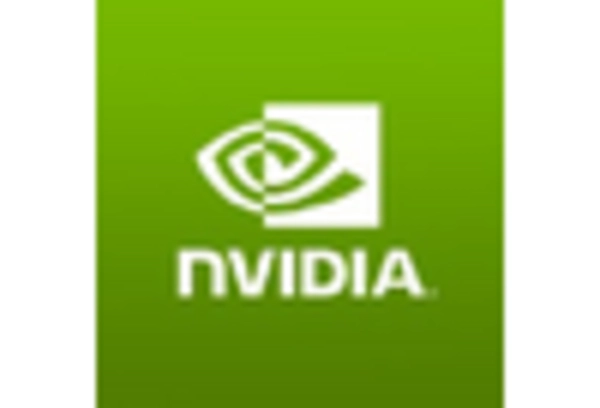

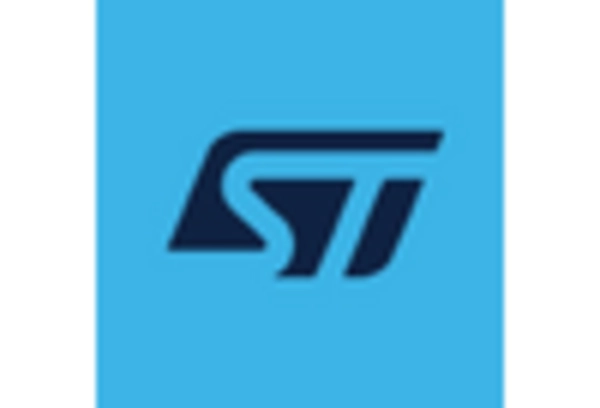


Leave a Comment